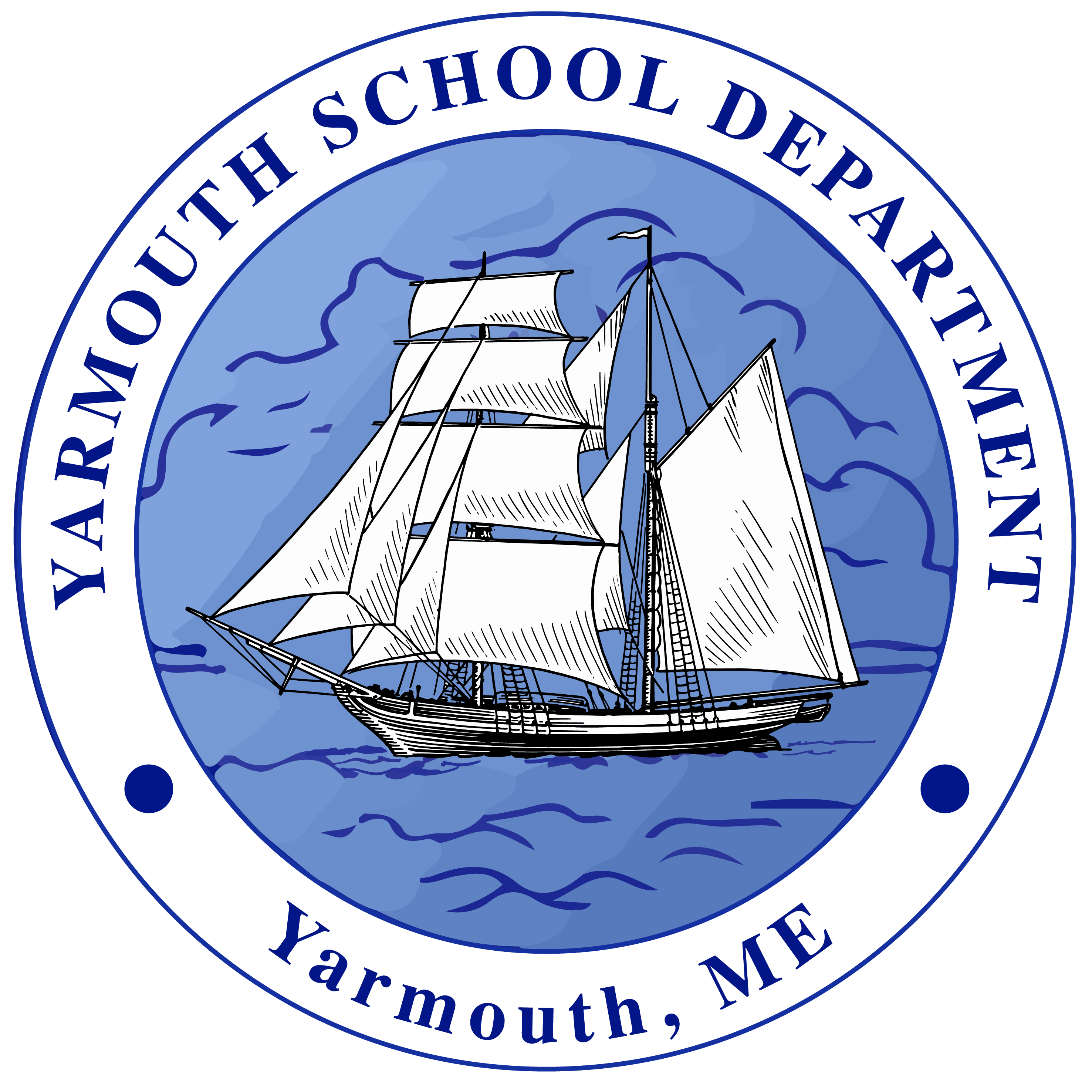Skip to content
Show submenu for PARENTS
PARENTS
Show submenu for STUDENTS
Show submenu for COMMUNITY
Show submenu for SCHOOL INFORMATION
SCHOOL INFORMATION
INNOVATION & TECHNOLOGY
Show submenu for CURRICULUM
Show submenu for Staff
Show submenu for
